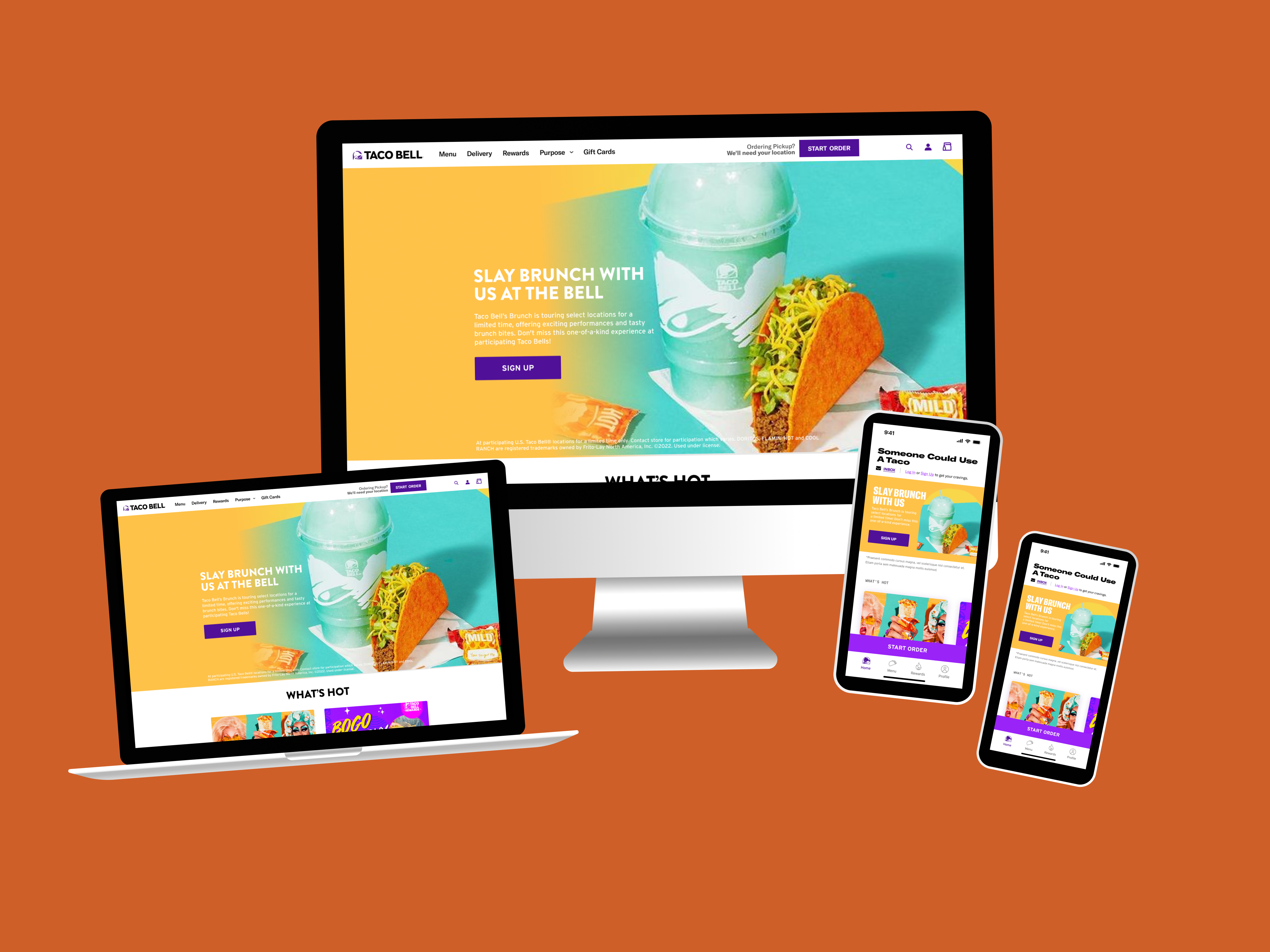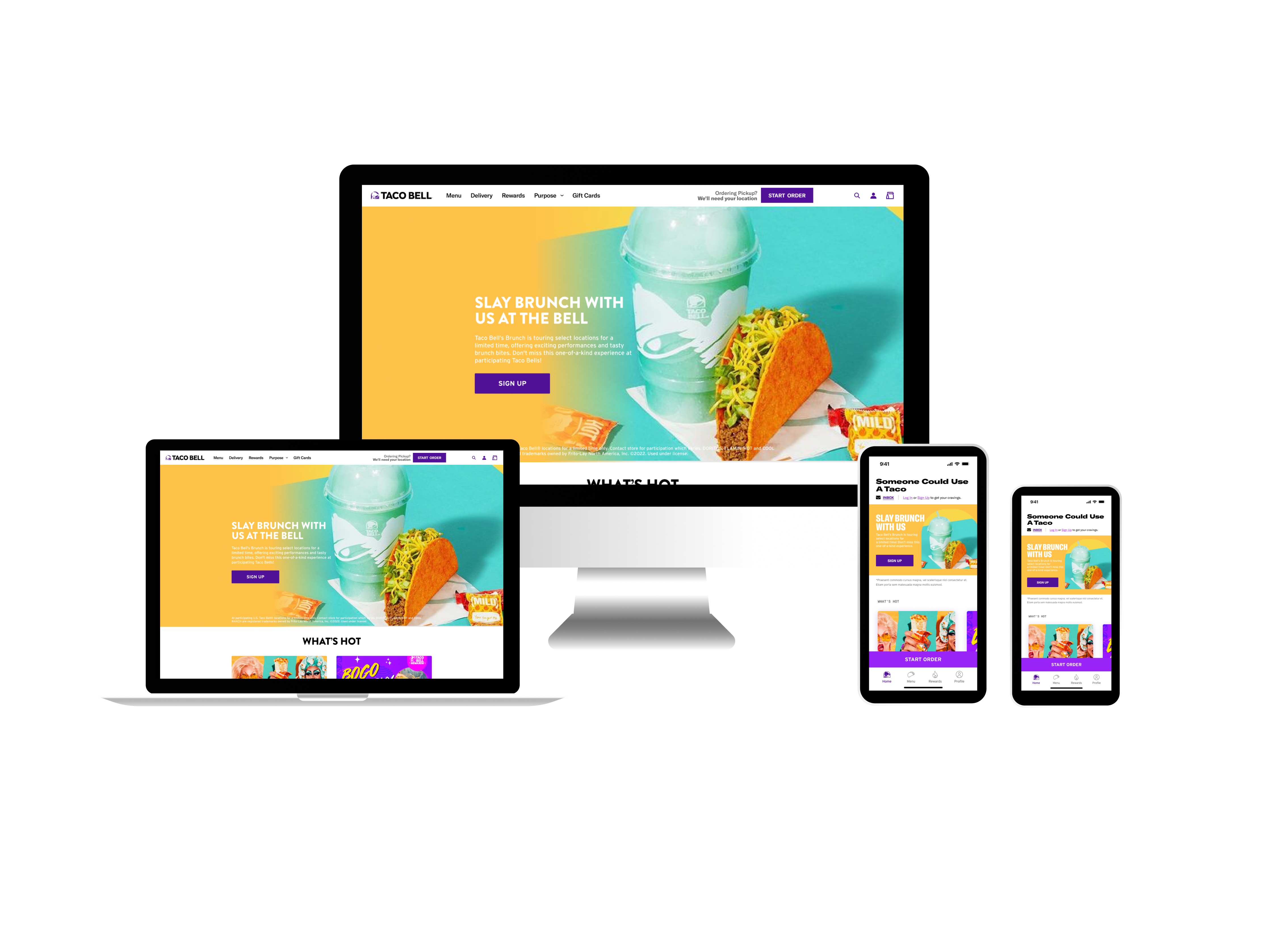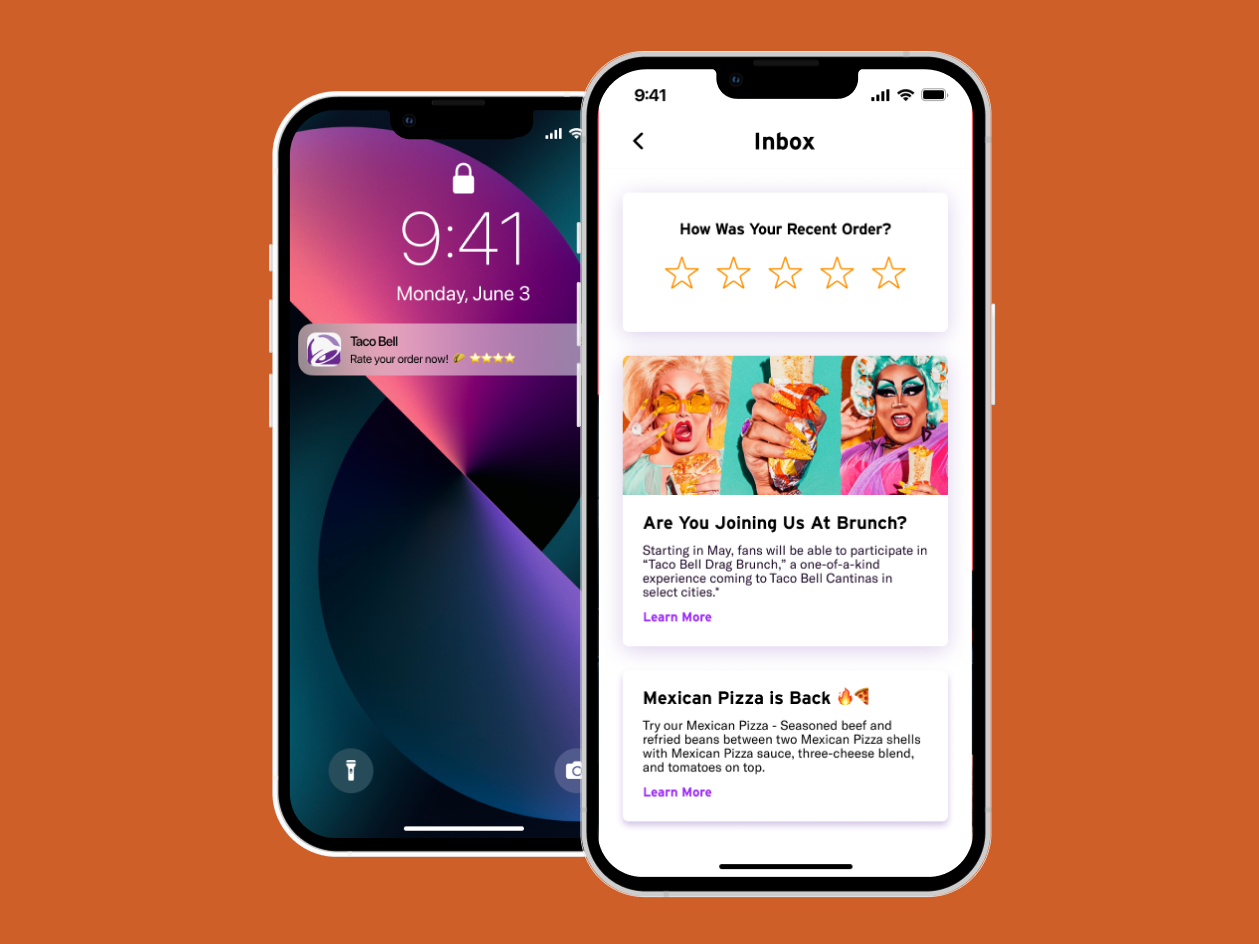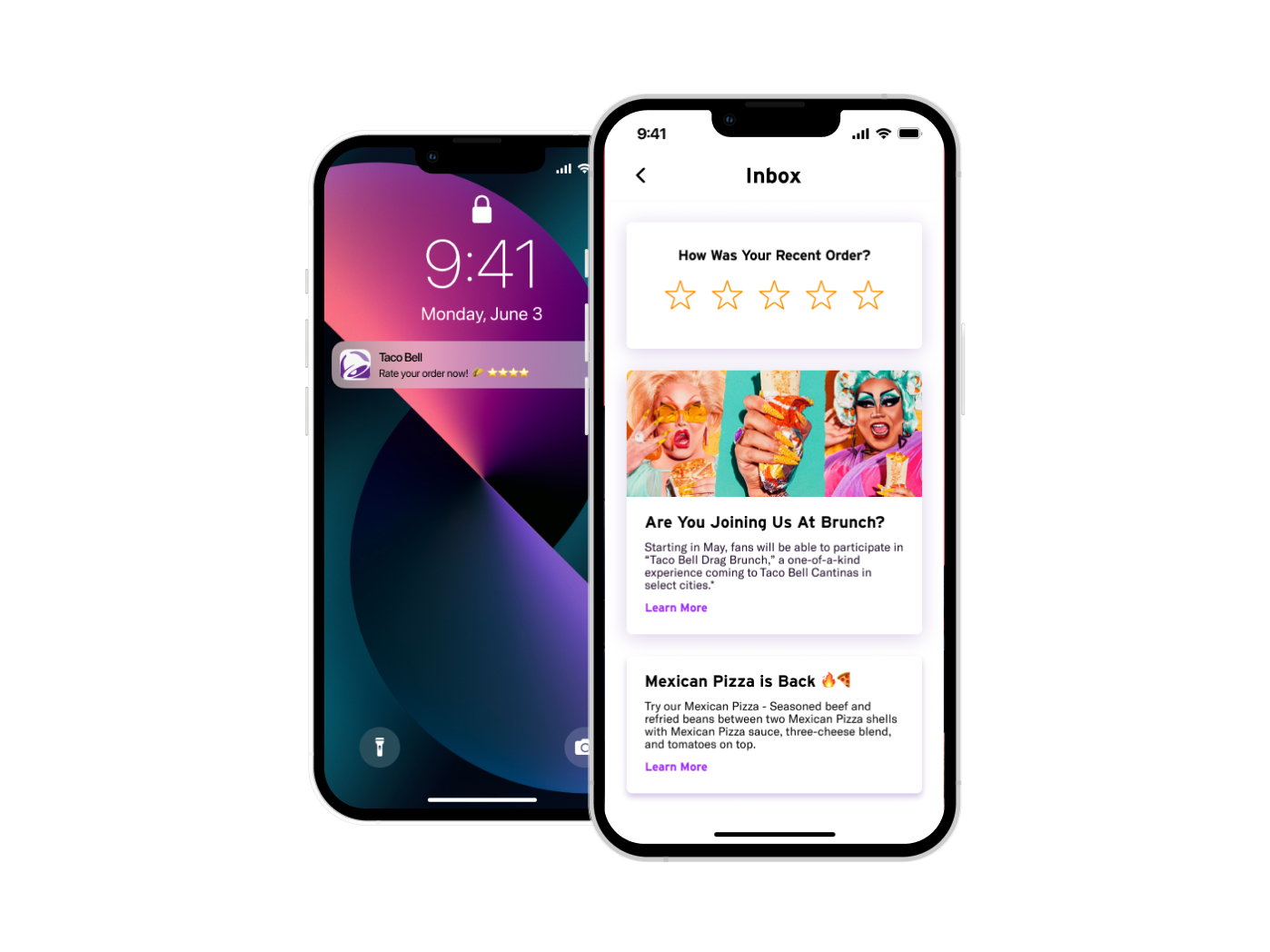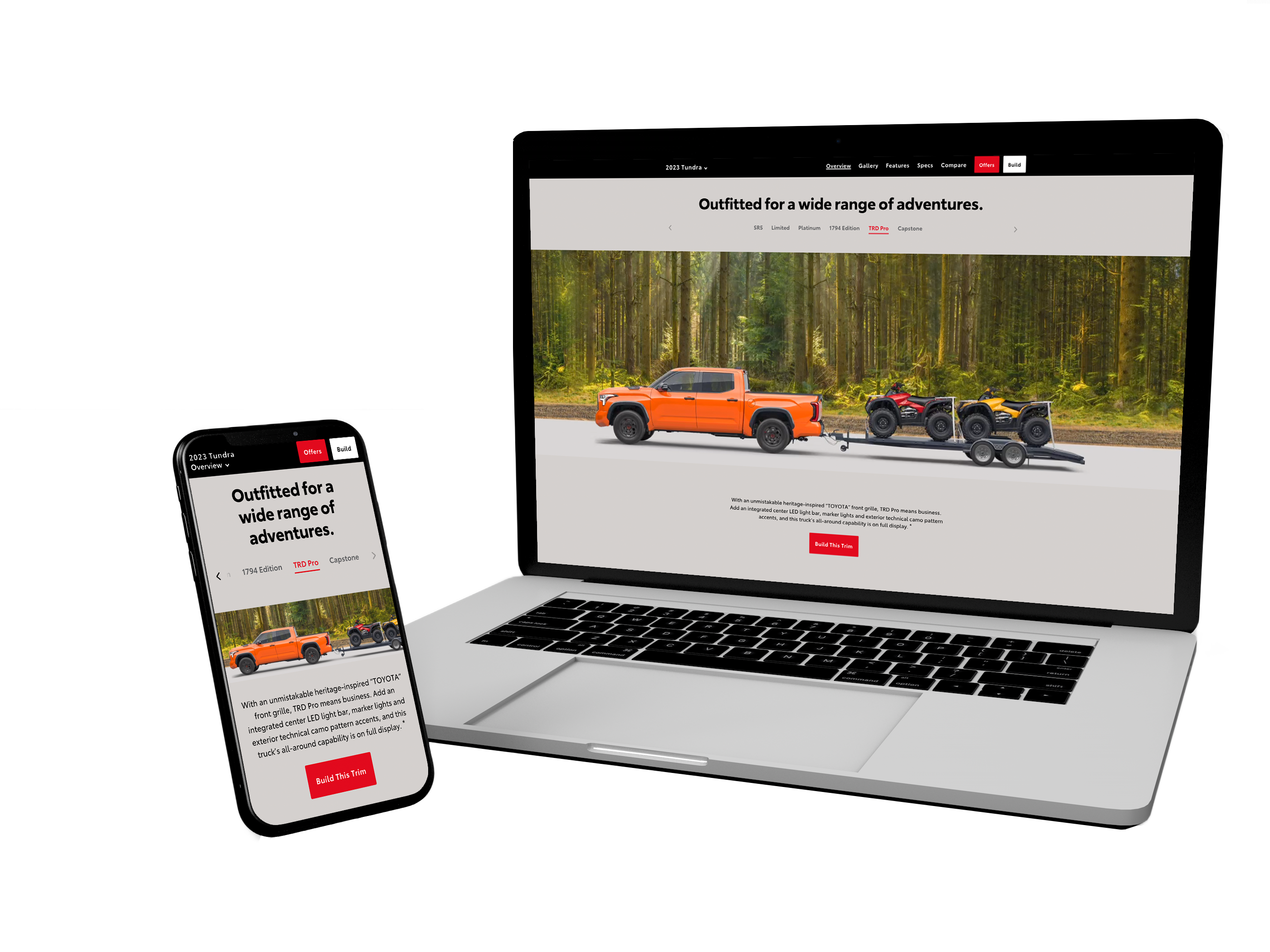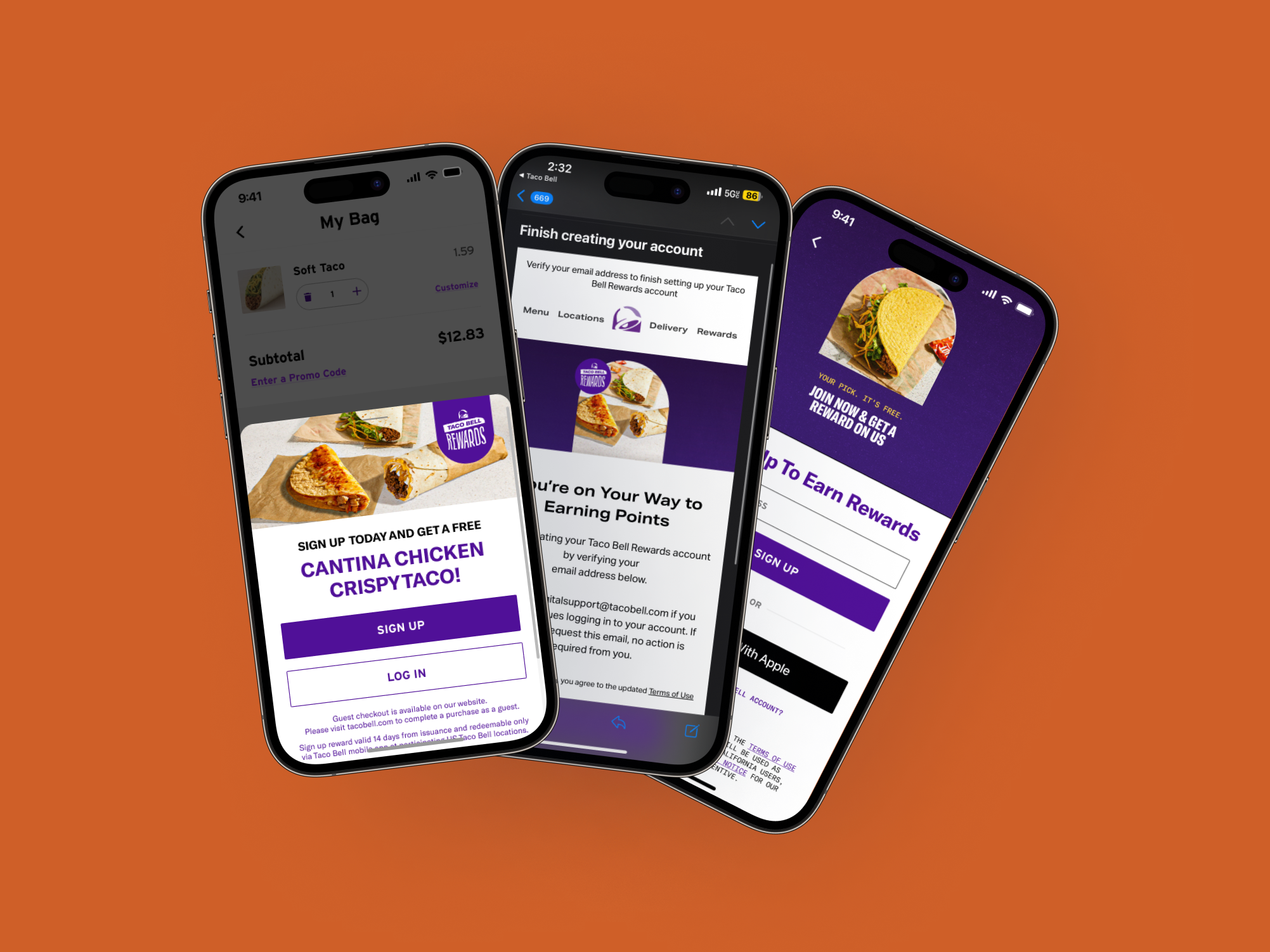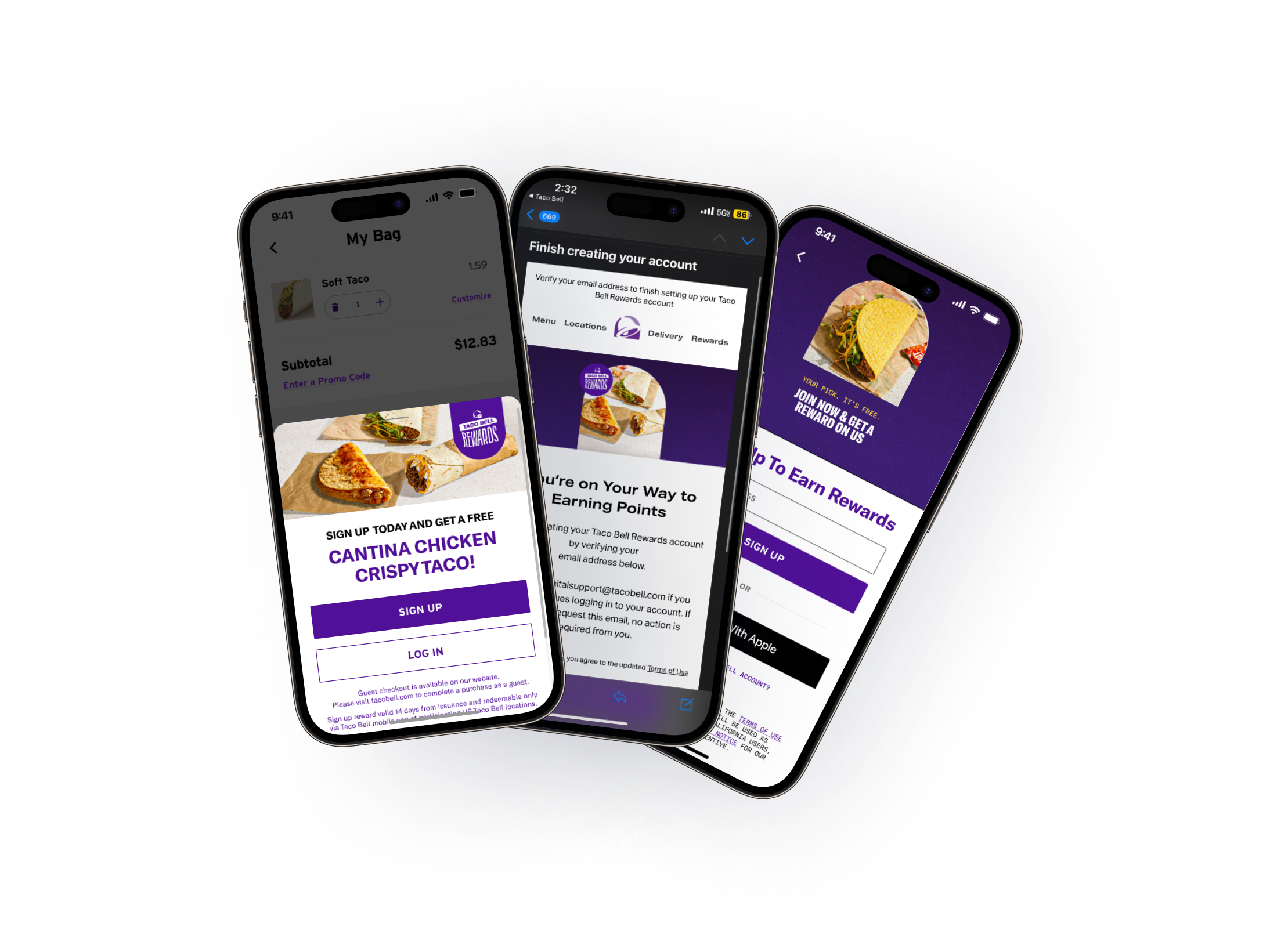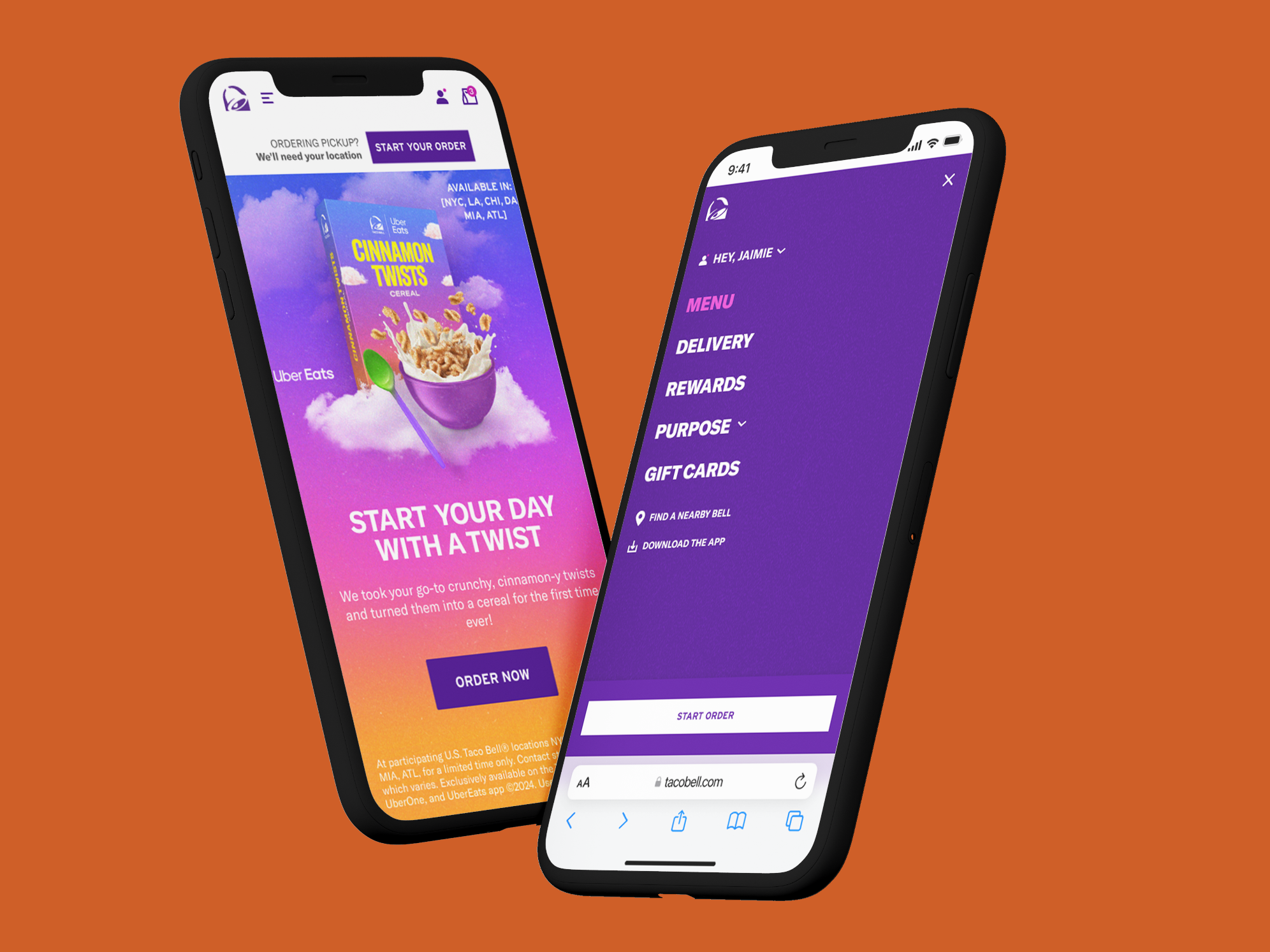Optimizing Subscription Payments for Crunch Fitness
As a freelance UX designer, I was brought on for a five-month engagement with Crunch Fitness to improve the subscription/payment flow on their website. The goal was to address confusion in the existing flow, where users struggled to understand the payment options and membership plans, especially the differences in fees tied to credit/debit cards and bank accounts. My task was to create a user testing strategy, conduct usability tests, and identify opportunities for improving the checkout process, ultimately making it more user-friendly.
Crunch Fitness offers two main types of membership plans: discounted and standard. The discounted plans are only available via linked checking accounts, while standard plans allow payment via credit or debit cards—but with an added fee. Both types have three membership levels (Base, Peak, and Peak Results), with the only distinction being the payment type and associated fees. Users often found the system confusing, particularly when choosing between these plans and understanding the fee structures.
Discovery Phase
To start, I conducted a thorough competitive analysis to benchmark Crunch Fitness against both direct and indirect competitors. This included a look at fitness brands like Planet Fitness, 24 Hour Fitness, and OrangeTheory, as well as indirect competitors like Netflix and Hulu. The focus was on identifying patterns in how subscription plans were displayed, particularly around payment methods and fees.
Key Findings Included:
Most fitness sites, like Gold's Gym, employed tooltip designs to clarify additional fees.
Many fitness and subscription services (Netflix, Hulu) use tabbed or stacked navigation for easy comparison of membership plans, which helped me identify an industry standard for organizing such information.
User Testing Strategy
With insights from my competitive analysis, I began crafting the user testing strategy, ensuring the tests were relevant and realistic for the typical Crunch Fitness user.
Screening Criteria:
Users who have purchased gym memberships or are familiar with subscription-based services like Netflix or Hulu.
Demographic focus: Users aged 21–45 (75% of Crunch Fitness users fall into this category).
The tests were split between mobile-first users (based on Crunch's data showing most sign-ups are on mobile) and desktop users.
Pre-Test Questions:
How do you usually pay for recurring subscription services? (Credit Card, Debit Card, Linked Bank Account, Other)
When shopping online, do you prefer to see price comparisons or benefit comparisons?
How quickly do you expect the price breakdown to appear during an online shopping experience?
These questions helped gauge users' typical subscription behavior and provided context for interpreting their actions during the test.
Prototype & Scenarios
Working with a product manager, I created two versions of both mobile and desktop prototypes in Figma, each incorporating different types of navigation (tabbed vs. stacked). These prototypes were designed to test two specific user scenarios:
Scenario 1: Select the membership plan that’s most suitable for you.
Scenario 2: Select the membership plan with the most amenities and complete checkout using a credit card.
Test Structure:
55 users in total: 40 mobile, 15 desktop.
Each test session lasted 20 minutes, including pre/post-test questions.
The prototype was interactive, guiding users through key decisions (membership type, payment options, etc.).
User Testing Execution
We conducted A/B testing on both the tabbed and stacked navigation systems. We aimed to determine:
Which layout users preferred when comparing membership types and benefits.
Whether users would opt for the discounted plan despite the added friction of linking a bank account, or if they'd switch to the standard plan with the credit card fee for quicker checkout.
Key Insights & Findings
After analyzing over 40+ hours of usability video and conducting user interviews, the following insights emerged:
Plan Confusion: Users preferred the Discounted/Standard tab only at checkout to reduce confusion.
Mobile Navigation: Tabbed navigation worked better than stacked, as users struggled to find benefits in the latter.
Payment Preferences: Users favored credit cards over bank accounts, with a clear fee disclaimer suggested.
Checkout Friction: Users frustrated by bank linking often switched to the standard plan for quicker checkout.
Recommendations & Next Steps
Based on the test findings, I worked with the team to compile a final synthesis of the test insights, which included actionable recommendations for the next steps:
Refining Navigation: Switch to tabbed navigation for both mobile and desktop. This allows users to compare membership types and benefits at a glance without confusion.
Clarifying Fee Structure: Move the discounted/standard payment type distinction to the checkout page. Add a disclaimer about the credit card fee during the membership selection phase to set expectations early.
Reducing Friction: Simplify the bank account linking process or offer an alternative payment method that doesn’t introduce as much friction for users.
